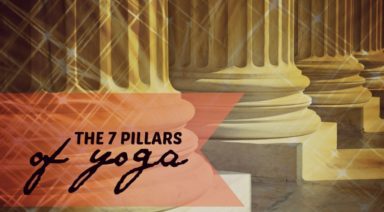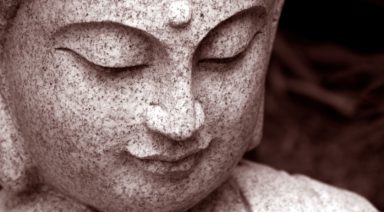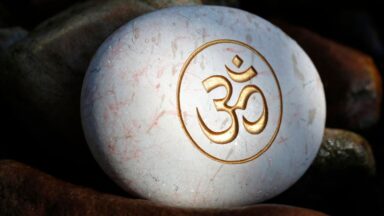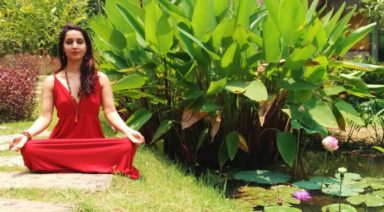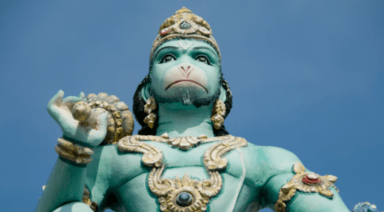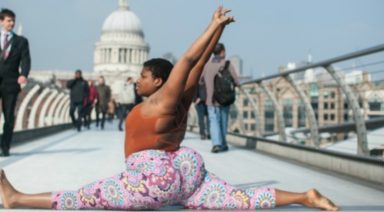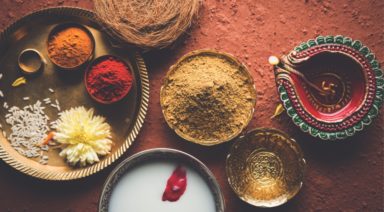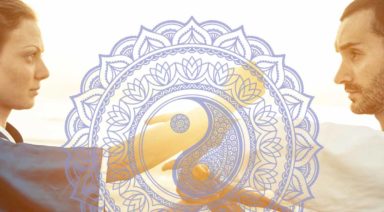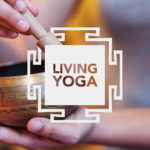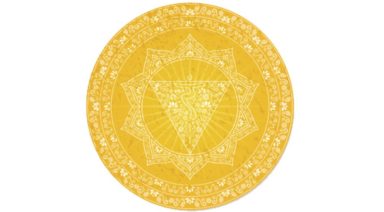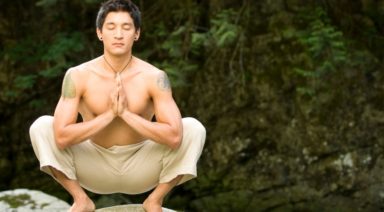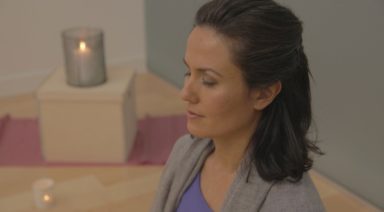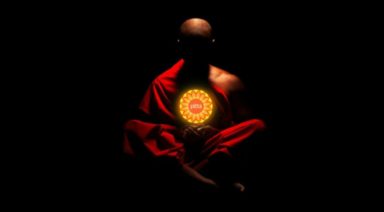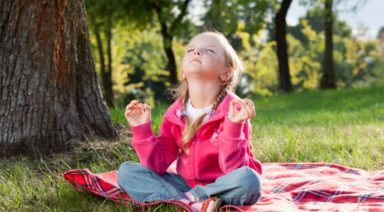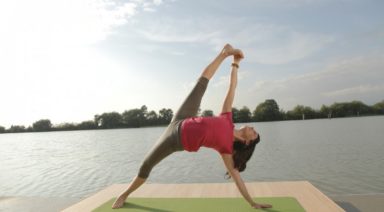Satya – Finding Truth in Your Yoga Practice

Satya is a wonderful element to apply to your Yoga practice.
When adding this element during your Yoga class, a greater purpose to each asana (Yoga pose) occurs. Even though you are performing Hatha Yoga (physical practice of postures), you move yourself to a powerful place of observing and awareness.
Satya is one of the key Yamas, or observances, applied in the Eight Limbs of Yoga.
Satya, or truthfulness, is the Yama that is about living a truthful life without doing harm to others. To practice Satya, one must think before he speaks and consider the consequences of his action. If the truth could harm others, it might be better to keep silent. This observance can also be taken inwards by being Truthful with one’s self. Satya in a Yoga practice is crucial in that it prevents the Ego from taking hold and moving the postures into a state that is goal driven and forceful.
Being Truthful in a Yoga class is a state where you observe and respect that you have gifts and strengths along with limitations and weaknesses. We change moment to moment, practice to practice, which requires us to shed our past practices and not try to achieve what was attained in previous Yoga lessons.
Equally important is to observe that the future has no relevance in a Yoga posture. Why think about trying to place your foot behind your head within 3 months when you are clearly experiencing resistance now?
Satya can be powerful in that one can see the strengths and limitations as simply being as they are. It is what it is. Nothing wrong, nothing right – just is. We stop judging our “performance” in the practice and in fact the concept of “performance” dissolves.
We practice purely for the sake of creating positive inner flow so even more awareness of self and existence can occur. Rather than solely practicing with this physical shell, we allow questions to constantly come to the surface. We move from the limitations of the physical and ego to observing ourselves from a new array of levels and dimensions.
The more we move into higher levels of Hatha Yoga (Ashtanga Yoga or Power Yoga), the more we need to allow Satya to saturate our inner gaze. This will act as a tool for us to not send judgments and burdening expectations inwards or outwards.
The practice of Hatha Yoga, then, becomes a gateway towards oneness/connectedness in our life’s experiences.
How to Live with Purpose: The Eight Paths of Yoga

The word yoga is translated literally as union but there are so many different forms, types and practices in yoga that it can often seem confusing. Although the eight limbs of yoga and the eight paths of yoga sound similar, it’s important to differentiate them.
The eight limbs of yoga is explained in Patanjali’s Yoga Sutras as an eightfold path called ashtanga, which means eight limbs (ashta= eight, anga= limb). These limbs are suggestions for living a life full of purpose and meaning. They act as a compass for self-discipline, integrity, and connecting to the divine within ourselves as well as the world around us. They are: yamas, niyamas, asana, pranayama, pratyahara, dharana, dhyana and Samadhi.
The eight paths or forms of yoga are Hatha, Bhakti, Jnana, Karma, Tantra, Raja, Kriya, and Kundalini.
The eight paths or forms of yoga each incorporate at least one or more of the eight limbs of yoga. All forms are practices to accelerate the process of yoga, or what the Bhagavad Gita refers to as, “the science of creating union between the Individual Consciousness with the Ultimate Consciousness.”
Each yogic path essentially is a set of practices designed for a certain type of practitioner. While Karma yoga uses action and service, Bhakti yoga focuses on love and devotion as means of attaining union. Raja yoga is known as the yoga of concentration and Jnana yoga is the yoga of knowledge.
Different from the branches of yoga, explained in Ashtanga, the eight paths each have a unique history and origination. As a yoga practitioner, you might want to review the origin and meaning of each, try the exercises below and journal or meditate on the answers to determine which form you will choose to explore next. Remember, you can only master so many forms in a lifetime.




